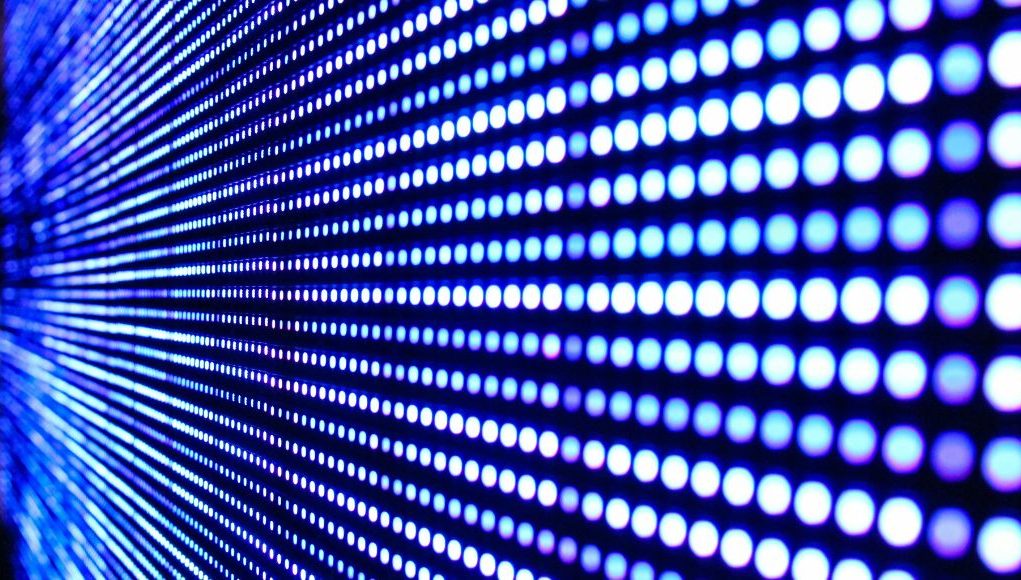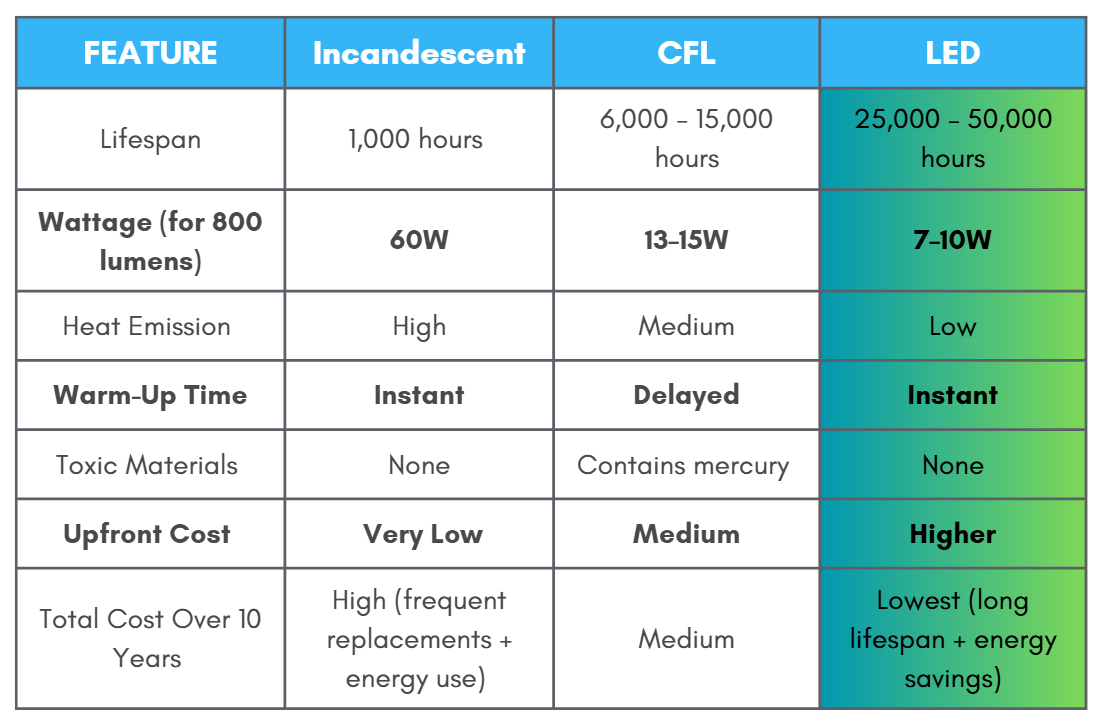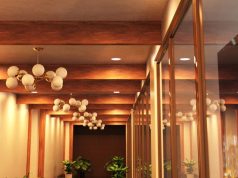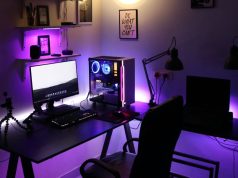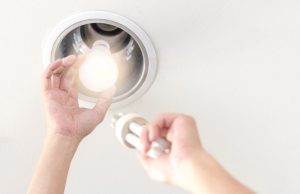The road of humanity’s lighting evolution was long and arduous. It took its first step through torches and oil lamps, which then evolved into gas lights (not the buzzword!). Next, the world glowed under the soft, warm flicker of incandescent bulbs. Then fluorescents buzzed their way into homes and offices, along with halogens and CFLs.
The world was brighter, but not bright enough. In the 21st century, a new light took centre stage. It was tiny yet powerful and incredibly efficient. Something that its predecessors all fall short at. Enter: the LED.
LEDs (Light Emitting Diodes) have quietly revolutionised how we light up our world. From traffic lights to your living room lamps, from small warning lights to massive flood lights…LED lights have completely taken over the world. But it did not happen overnight.
So, how did we get here? Why did LEDs become the superhero of the lighting world? What are the benefits of LED lighting? And what does the future hold? Join us in this post as we uncover the answers to all these questions and gain a better understanding of what LED is and why it’s here to stay.
The Science Behind LEDs
Before examining its history, it’s best to first understand how LEDs work.
Compared to incandescent lamps, LEDs are practically magic. Though they aren’t. In reality, LEDs are tiny semiconductors doing some big science.
Here’s the short, nerdy-but-fun version: When electricity flows through an LED node, it moves through a material called a semiconductor. This semiconductor is specially engineered to allow electrons to move in only one direction. As these electrons move, they release energy in the form of photons—aka, light!
In incandescent bulbs, a significant percentage of energy is converted into heat rather than light. But LEDs, on the other hand, don’t rely on heat to produce light. This is why LEDs stay cool and use way less energy. It’s light generation through pure electrical efficiency. (Goodbye, toasters with glass hats!)
In simpler terms: LED converts electricity directly into light.
Development Timeline: From Indicators to Homes
Before its widespread use, the development of LED took about a century before it was bright enough to light our homes. LED’s evolution was long and winding. Let’s rewind a bit and look at the crucial points in the history of LED lights.
1907 — British scientist Henry Joseph Round of Marconi Labs observed electroluminescence (that means light from electricity) using silicon carbide. No practical use yet, but it’s the first spark (literally).
1927 — Russian inventor Oleg Losev created the first LED, also using carborundum. While it still had no practical use, his research did influence future developments.
1961 — Robert Biard and Gary Pittman at Texas Instruments developed the first practical infrared LED. But since it was infrared light, it wasn’t visible to the naked eye. Our vision is limited to the visible light spectrum. It’s kind of sad.
1962 — General Electric consulting engineer Nick Holonyak Jr. invented the first visible-light LED. It was a red one.
1972 — Electrical engineer M. George Craford invented the first yellow-colored LED.
1970s to 1980s — Commercial LEDs in red, green, and yellow became increasingly common in electronics. Think calculator screens, digital clocks, and VCR displays. We had LED lights, and they were super efficient, but not yet bright enough for home lighting. Until…
1990s — The holy grail arrives: the blue LED, thanks to Japanese scientists Isamu Akasaki, Hiroshi Amano, and Shuji Nakamura. With red, green, and blue, we now have white light.
2000s — The real revolution begins. LEDs have become powerful, efficient, and affordable enough to be used in homes and businesses.
2010s to present — Smart LEDs, tunable colours, and even circadian lighting arrive. LEDs aren’t just light sources—they’re digital devices.
LEDs have evolved significantly from being invisible to blinking dots on old electronics, and ultimately to becoming a dominant presence in our homes.
Benefits Over Traditional Bulbs
Rather than tell you in long-winding words why LED is currently the G.O.A.T. of the lighting world, we’ll instead show you in a good ol’ fashioned comparison table:
A Few Key Takeaways:
- LEDs use up to 85% less energy than incandescent bulbs.
- They last 25 to 50 times longer, so you change them less.
- They don’t get hot, making them safer and more efficient.
- Long-term savings are massive, greatly offsetting its upfront costs (which are higher).
Think of it this way: imagine if your toaster cooked faster while using less energy, and it lasts 20 years without many issues. That’s what LED did to lighting.
How LEDs Became the Lighting Standard
LEDs didn’t have much going for them in their early stages. They were too dim, too expensive, and too weird to be a lighting source. But suddenly, they became everything in lighting. Here’s how that happened:
1. We Got Better (and Cheaper) Tech
The problem with many inventions is the high cost of mass production. LEDs used to be pricey and complicated to manufacture. But with further innovations, LEDs became affordable and powerful. And by the 2010s, prices had dropped enough for mass production.
2. Governments Got Involved
Countries around the world have acknowledged climate change as a real and pressing issue, and in the bid to combat it, have started phasing out energy-wasting practices, such as the use of inefficient light sources like incandescent bulbs, fluorescents, and halogen bulbs.
Some examples are:
- The EU phased out the sale of most incandescent bulbs by 2012.
- The U.S. Energy Independence and Security Act (EISA) of 2007 pushed for energy-efficient lighting and effectively phased out the most inefficient incandescent bulbs by 2014.
- Many countries, like the UK, offered subsidies for switching to LED lighting.
3. Consumers Got Smart
People have learned their lesson after the Phoebus Cartel got exposed. And as more people saw their energy bills drop after switching to LEDs, word spread. Why pay more for electricity and constantly replace bulbs when you can just… not?
Also, if you wanted to reminisce the relaxing hue of incandescent light, you can easily get LEDs with a warm white glow. Cold, blue-toned light? No more. Cosy vibes? Check.
4. Smart Lighting Took Off
Now is the future. And LED is a leading ambassador for it. Smart homes, app-controlled lighting, motion sensors, tunable white light—LEDs made all this possible. Incandescents would burn out if they saw what an LED can do (that they definitely can’t).
With voice control and IoT integration, lighting became an experience, not just a necessity.
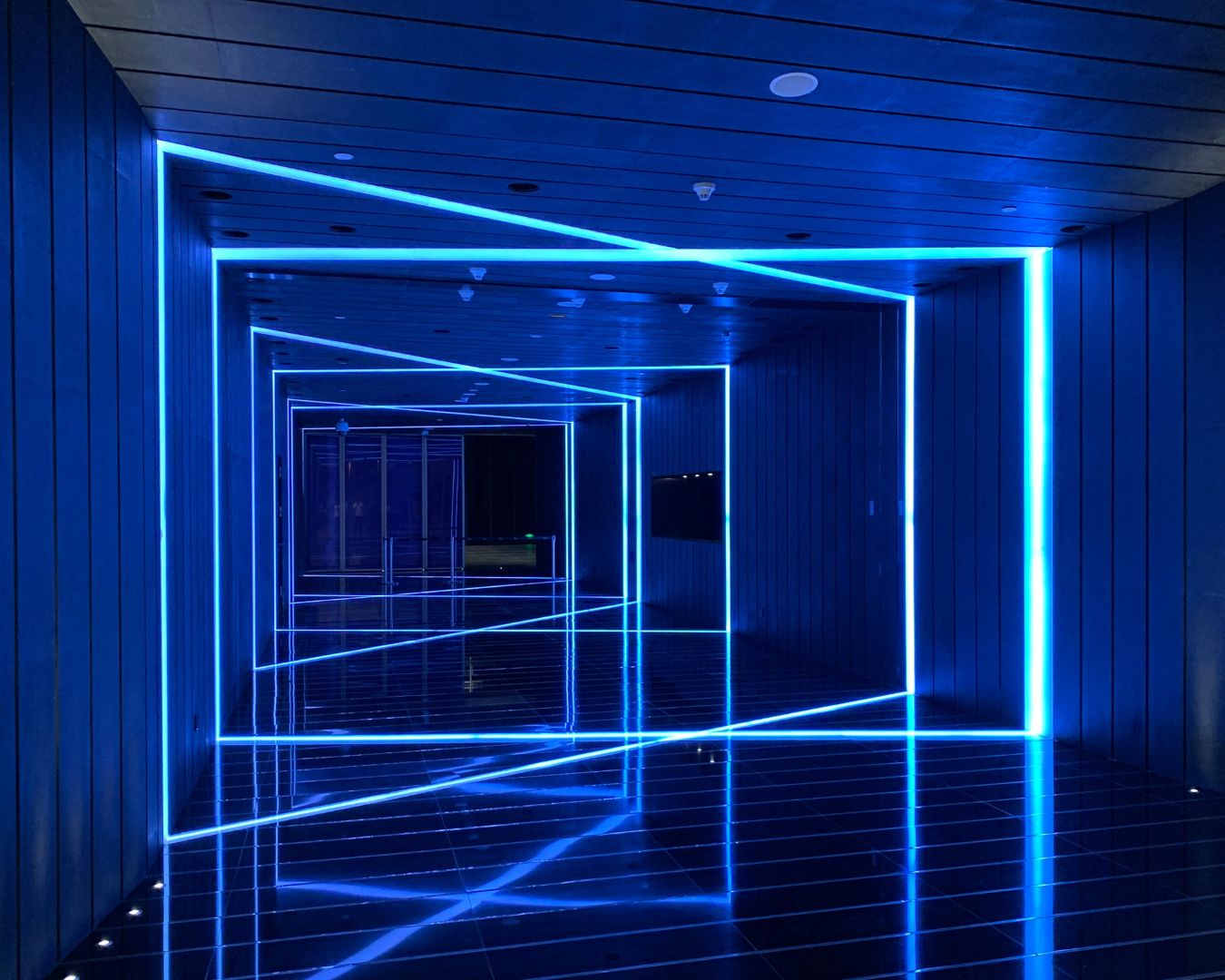
The Future of LED Lighting
Is LED the final frontier of lighting? What’s next? Is there a next? Are LEDs as good as it gets? Not even close. The future is looking lit.
Smarter Everything
Ever heard of adaptive lighting? Also known as dynamic lighting, this system automatically adjusts brightness and colour temperature based on the time of day, thus improving sleep and productivity. LEDs can now mimic natural daylight or sunset tones with pinpoint accuracy. This helps maintain natural circadian rhythm.
Sustainability Wins
The next-gen LED might be as green as your compost bin. Imagine fully recyclable designs and biodegradable components for your lighting. LEDs already reduce carbon footprints, but it’s not done pushing the boundaries of sustainability.
Li-Fi and Beyond
Did you know that light can carry data? That’s practically how fibre-optic internet works, by sending pulses of light that carry data from one point to another. But we’re not talking about that. We’re talking about Li-Fi or Light Fidelity. This functions similarly to your Wi-Fi (Wireless Fidelity). The difference? With Li-Fi, data is transmitted via modulated LED light, offering super-fast, secure, and interference-free connectivity.
Imagine your light bulbs doubling as Wi-Fi routers. Your living room lamp might one day stream Netflix directly to your phone—no joke. That’s how crazy technology is becoming.
Micro and Organic LEDs
- OLEDs: Already in your phone screen, they offer rich colour and flexibility.
- MicroLEDs: Ultra-small, insanely bright, and perfect for next-gen displays.
Lighting is now bleeding into display tech, wearables, and even clothing. Pretty soon, everything will have some kind of LED attached to it.
Wrapping Up
LEDs didn’t just replace lightbulbs—they rewired how we think about energy, design, and tech. Now that producing light is significantly cheaper compared to 145 years ago, we put LEDs into everything. They’re in your streetlights, your fridge, your car, your phone flashlight, your smart mirror, your cabinets, behind TVs, and even under your tables.
They save energy, save money, and save the planet (or at least help). And they’ll only get better, smarter, and more dazzling (literally).
Next time you flip a light switch and your room bursts to life in milliseconds (flicker-free hopefully), know that the tiny diodes in your light are doing big things.
LED is not just light—it’s the future.
But if you want a glimpse of the brilliant past, you can check out other posts in The Evolution of Lighting – From Fire to LED Innovation.


